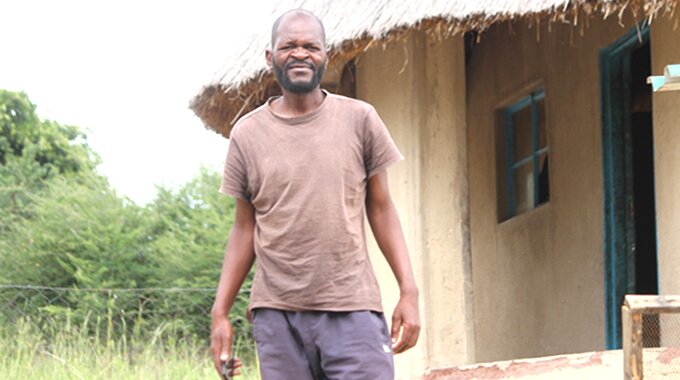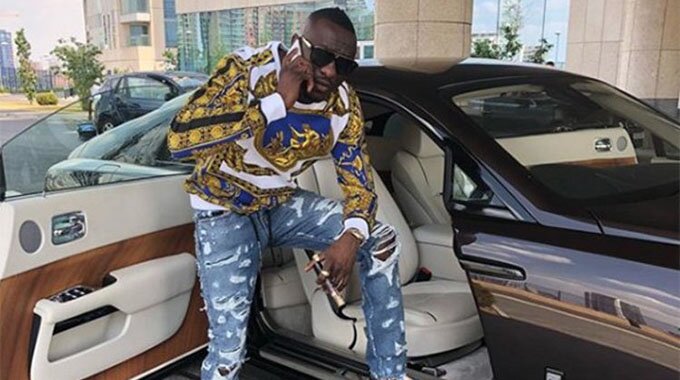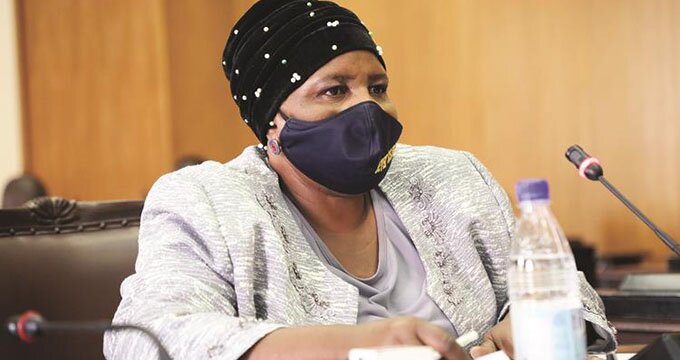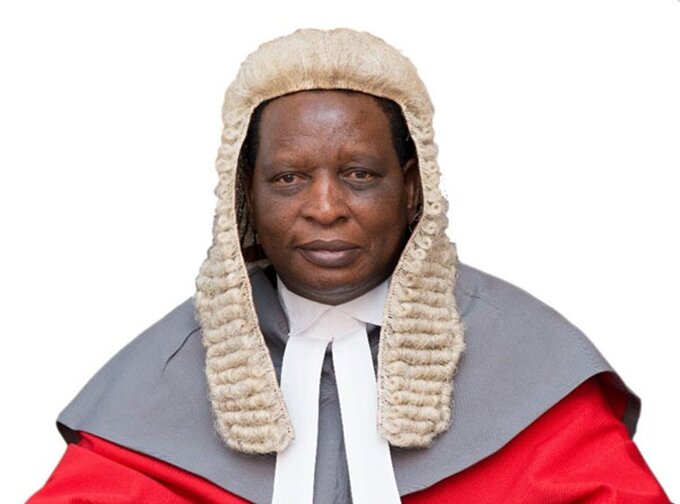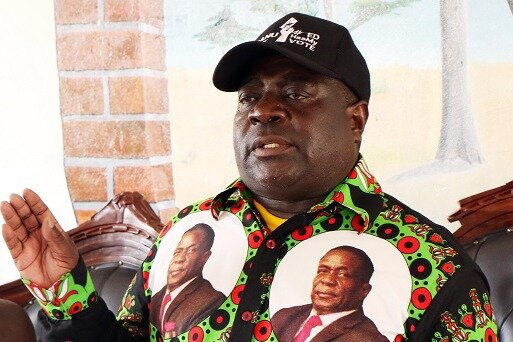By Tapiwa Zivira
Just 14 days into the year 2019, Zimbabweans woke up to what was planned as a national shutdown to protest the 150% fuel price hike announced by President Emmerson Mnangagwa a day earlier.
The hike, the only major of its kind in nearly a decade, came on the back of crippling fuel shortages that had gone on for three months, spurred on by shortages of US dollars and basic commodities, all pointing to a worsening economic crisis.
Initially, the shutdown — meant to run for a week — looked like just another ordinary protest that would die on its first day.
In Harare, the protests escalated during the day, mostly concentrated in low class suburbs, and soon spread into other towns, notably Bulawayo, Gweru, Kwekwe and Mutare.
Advertisement
The security forces comprising the police, soldiers and members of the intelligence launched a response that involved raiding the homes of some residents and indiscriminate beating and shooting of civilians.
The Zimbabwe Association of Doctors for Human Rights (ZADHR) stated that 172 people had been injured, 68 of which were treated for gunshot wounds.
Between 14 and 17 January, 12 people were killed, over 200 injured and over 600 were arrested, and the internet was shut down for two days as the State brutally cracked down on civilians in what was a dark beginning to the year 2019.
This was the year government started off with lofty promises that the economy would stabilise and Zimbabwe would be back on the road to recovery.
With Finance minister Mthuli Ncube in charge of the Treasury, having been installed in October of the previous year, Mnangagwa oozed with confidence, promising a break from the past and an economic paradise.
However, things were not getting any better and shortages of basic goods persisted and prices continued to rise.
In February, Reserve Bank of Zimbabwe (RBZ) governor John Mangudya, let go of the fallacy that the US dollar was equal to bond notes and while presenting a monetary policy, he introduced a new currency, the RTGS dollar, which consists of electronic balances in banks and mobile wallets, bond notes and bond coins.
This meant the greenback could now be sold at the prevailing rate, and prices could be pegged in both US dollar and RTGS$ terms.
This move worked in favour of business, which could now sell goods at market price, but burdened the ordinary people, whose wages were not rising in sync with the exchange rate.
Tension remained, and the fear of the unknown prevailed, with many preferring to change their earnings into hard currency.
Advertisement
Without enough public confidence, the value of the RTGS dollar continued to slide.
In what was a de javu moment for those who lived through the 2007 to 2008 economic collapse, the economy was once again at the centre of Zimbabwean politics, with government continuing to promise stability and the opposition speaking of the need for broad-based political and economic reforms.
March 17, 2019, the government of Zimbabwe was caught unawares when Cyclone Idai hit the eastern parts of Zimbabwe, impacting heavily on Chimanimani and Chipinge districts.
It took three days for the first vehicles to reach the hardest hit areas of Ngangu and Kopa.
Hundreds of lives were lost and the disaster, the biggest of its nature in Zimbabwe, exposed the poor disaster preparedness and poor priorities of government, which immediately started begging for assistance.
Sadly, there were stories of some of the proceeds from the Cyclone disaster being looted by Zanu PF officials and some foodstuffs ended up expiring because of the bureaucracy that was involved in the handing out of donations.
Still, a glimmer of optimism continued, with the hope that things would get better, and by June life was only getting worse, with the value of salaries eroded, the black market — obstensibly fuelled by top officials, continued to thrive.
Mnangagwa did not stop travelling across the globe on a chartered flight that cost taxpayers millions of dollars.
Meanwhile, civil servants were now demanding to be paid in US dollars, or at least to have their salaries pegged at the prevailing US dollar rate.
In June, the Finance ministry made what was seen as panic move and introduced yet another currency, this time it was called the Zimbabwe Dollar (ZWL), and effectively banned the general use of the US dollar, restricting it to selected sectors.
Advertisement
This did not inspire confidence in the market, and the situation was made worse when government, throughout the year, sneaked in the US dollar through the back door by making exceptions on businesses that could trade or pay in US dollar.
By now, fuel shortages and 18-hour power cuts had become an everyday thing.
As business continued to suffer from these shortages, and ordinary people watched as their incomes were eroded, government did not stop to pronounce that Zimbabwe was “open of business” and that things were going to be better.
On August 16, the main opposition MDC attempted to demonstrate in Harare city centre, and the police thwarted it with unmatched brutality, once again putting the country under the spotlight of human rights abuses.
What followed was an effective ban on opposition and pro-human rights public activities.
By the time former President Robert Mugabe died, on September 6, his 37-year legacy of ruin was now looking like paradise.
The political drama throughout his funeral, where government and the Mugabe family and allies fought over how the veteran politician would be mourned and interred played out in the public domain.
What was more prominent though, to the ordinary people, was what they called Mugabe’s benevolence.
In his death, Mugabe looked like an angel.
A true test of the general disaffection with the Mnangagwa government happened in October when Zanu PF, which was now using sanctions as the scapegoat for failure, organised what they called an anti-sanctions march. It was monumental flop.
As they year ground to an end, and it was now apparent that all that was happening was the worsening of the economy. Ncube, who all along had preached confidence of a resurgence, fell short of admitting failure when he blamed “bad luck” for the country’s economic woes.
During the first week of December, weary Zimbabweans woke up to the news of a visit to Zimbabwe by former President of South Africa, Thabo Mbeki.
Mbeki met Mnangagwa and MDC leader Nelson Chamisa and other political actors, heightening speculation that he was in Zimbabwe to ignite political dialogue to rescue the country.
The veteran politician left, promising to return for more interfaces.
On a bleak Christmas, as Zimbabweans grappled with power outages, fuel and cash shortages, an impending drought, Mnangagwa flew to his farm in Kwekwe, escorted by an army helicopter, to meet his Polad partners.
In Kwekwe, Mnangagwa — surrounded by his Polad partners — portrayed the face of a happy and contented man.
Nothing in his face showed that he was leading a country in crisis, neither did he show any worry over the infighting in his own party.
As 2020 comes, Zimbabwe is a ship that is on the verge of sinking, with no rescue in sight, and the only risk anyone can take without getting shot at by security agents, is to hope for the best.
– NEWSDAY




